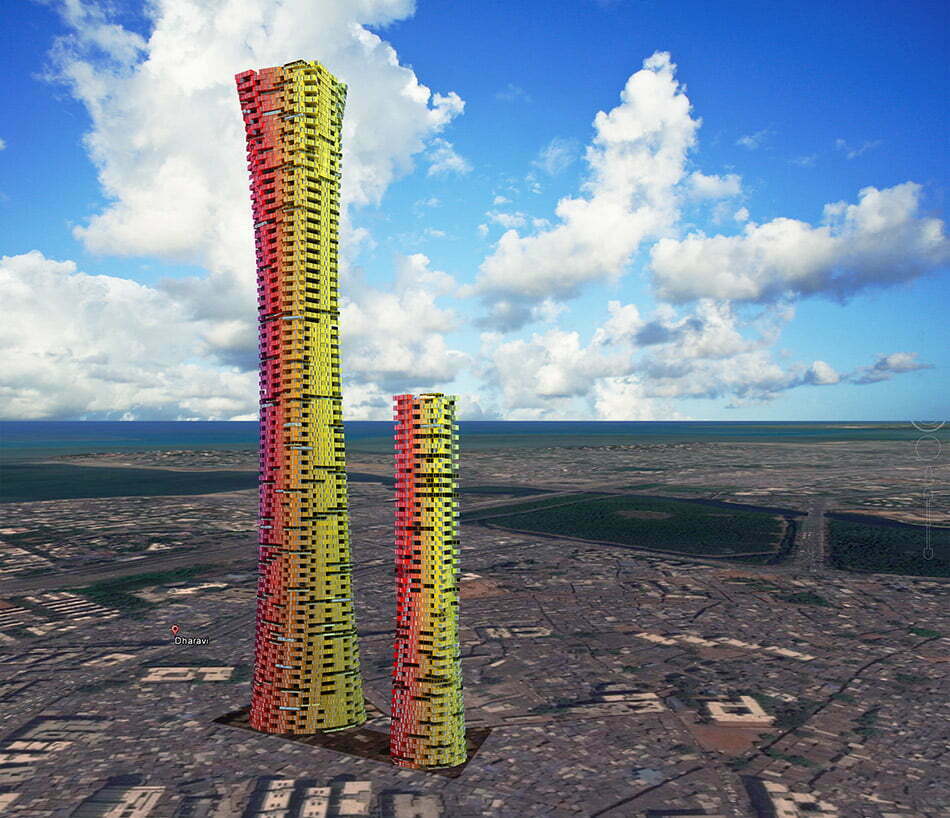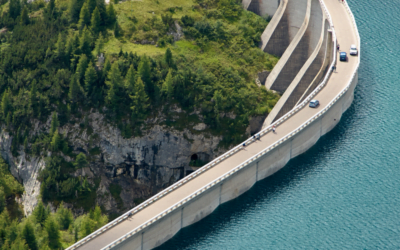What’s New in Civil Engineering
Over the past few weeks, we’ve taken a look at the four biggest trends in civil engineering and how the re-invention of the craft will build not only the economy, but also an environment that’s eco-friendly and sustainable. Here, we want to recap the new materials and approaches we’ve covered and discuss some new, exciting and pioneering materials in the making.
Building Information Modelling (BIM)
BIM is an engineer’s dream come true. It stands for Building Information Modelling, an intelligent workflow process which allows you to create virtual models of your designs. This gives you the power to know what works, what doesn’t and make revisions before any construction has commenced. See how it can change your industry for the better.
Revolutions in data capturing techniques
With high-definition cameras and built-in image stabilises, drones can collect visual data of structures. Combine this with thermal imaging, a technology that measures the infrared radiation emitted by objects, and your work will get a lot easier!
Drones can be used to spot obstacles in the planning stages of a project, check the ongoing development and, once a project is finished, regularly monitor the condition of a structure for wear and tear. And, what’s more, this reliable data can be made available instantly. Thermal imaging gives you the ability to see inside structures for defects without taking them apart, which is a perfect for health and safety checks.
Sustainable design
Sustainable design is our top civil engineering trend for 2017. Why? Sustainability affects everyone, the responsibility sits with every member of a team and most importantly, it’s all about future proofing our planet.
The wonderful thing is it’s easy to make sustainable design a part of your work. We’ve listed some easy ways to do this, and given our favourite inspiring examples. We’ve also gone beyond design and taken a look at sustainable engineering trends, which will no doubt inspire your future work.
Water Engineering
Last but by no means least, we’ve taken a whirlwind look at water engineering, its challenges and how they can be overcome. Focusing on the necessity of clean water, we look at how sea water, agricultural irrigation and the failure of water pumps are threatening our access to useable water. Our solutions include simulation technology, desalination and drip irrigation. Intrigued? Find out more here.
And what’s coming up next…
Having covered the four biggest trends in civil engineering of 2017, we don’t want to leave it there. We’re always thinking about the future, so here’s some new engineering innovation that we think will continue to take off.
Shipping containers re-imagined
More and more we’re seeing buildings being made out of shipping containers, including schools, offices, student housing, food outlets and even homes and hotels.
In Vuwani, in the Limpopo province of South Africa, 20 schools burned down due to protests. These are now being replaced with around 74 classrooms made from converted containers. Shuaib Yunos, BIM Specialist: Civil Infrastructure at Baker Baynes, gives this as a prime example of sustainable civil engineering as materials are being optimised to achieve a final green product, which ultimately sustains itself.
Similarly, CRG Architects have unveiled a plan to replace slum housing in developing countries with a pair of skyscrapers made of brightly coloured shipping containers. Hoping to go some way towards helping overpopulated urban areas, this pair of bold skyscrapers could house up to 5,000 people.
Structures made from shipping containers are cheap and quick to transport and assemble, environmentally friendly and can be supplied to developing countries that don’t have viable infrastructure or the right expertise, so we’re certainly a big fan of these new building materials in architecture, engineering and construction.
3D printing
3D printing is a way of making solid objects from a digital design. 3D printing in itself is not new, it was first developed in the 1980’s but it was expensive to operate and had very few uses. Now, it’s starting to be used for producing materials for civil engineering.
By digitally designing the end product using CAD or BIM, the printer can read the design, lay down the printing materials and fuse them together to create the final product.
One example of just how incredible 3D printing can be for the engineering industry is the MX3D’s project, which plans to 3D print a bridge in the centre of Amsterdam. Having partnered up with Autodesk, the bridge is currently in the planning stages, with the aim of printing it by the end of 2017 and installing it by the beginning of 2018.
Not only are the capabilities of 3D printing outstanding, it’s also a very sustainable way of building. It’s efficient in terms of material consumption, reducing waste and cost. It also simplifies the supply chain and logistics.
Smart roads
Smart roads, or green highways, are roads that are designed for both transportation and sustainability. One couple that are leading the way are Scott and Julie Brusaw. This duo founded Solar Roadways, a project that makes a road out of solar panels in order to solve the climate crisis. They are being installed in small areas of the US but the couple hope that this innovative and sustainable invention will be rolled out elsewhere.
The Brusaw’s are also working on making these roads charge electric cars on the go and they are working with Google on perfecting driverless cars where the roads will actually guide the car. Exciting stuff!
We’re looking forward to hearing more about these new materials in engineering soon. For more on the latest in the industry and to stay up to date with new innovations, take a look at our other blogs.






0 Comments